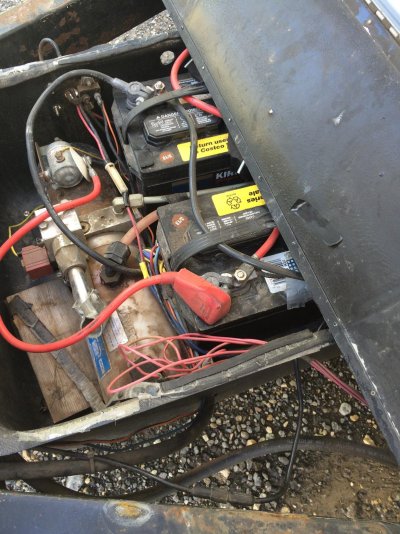COLLINGWOOD
Member
I have two group27 deep cycle batteries hooked up in parallel and wondering what amp size my converter is.We plan to spend a lot of time boomdocking and will need to charge the batteries using my Honda 2000i inverter generator. I was thinking of hooking up a 20amp smart charger to the generator and connect directly to battery bank. I have heard that a smart charger is much better for charging the batteries and will extend the life of the batteries.
I also read that a lot of converters in campers are not smart type converters .
I have a 2009 22'hilo anyone know what type of converter is in it?
I also read that a lot of converters in campers are not smart type converters .
I have a 2009 22'hilo anyone know what type of converter is in it?



